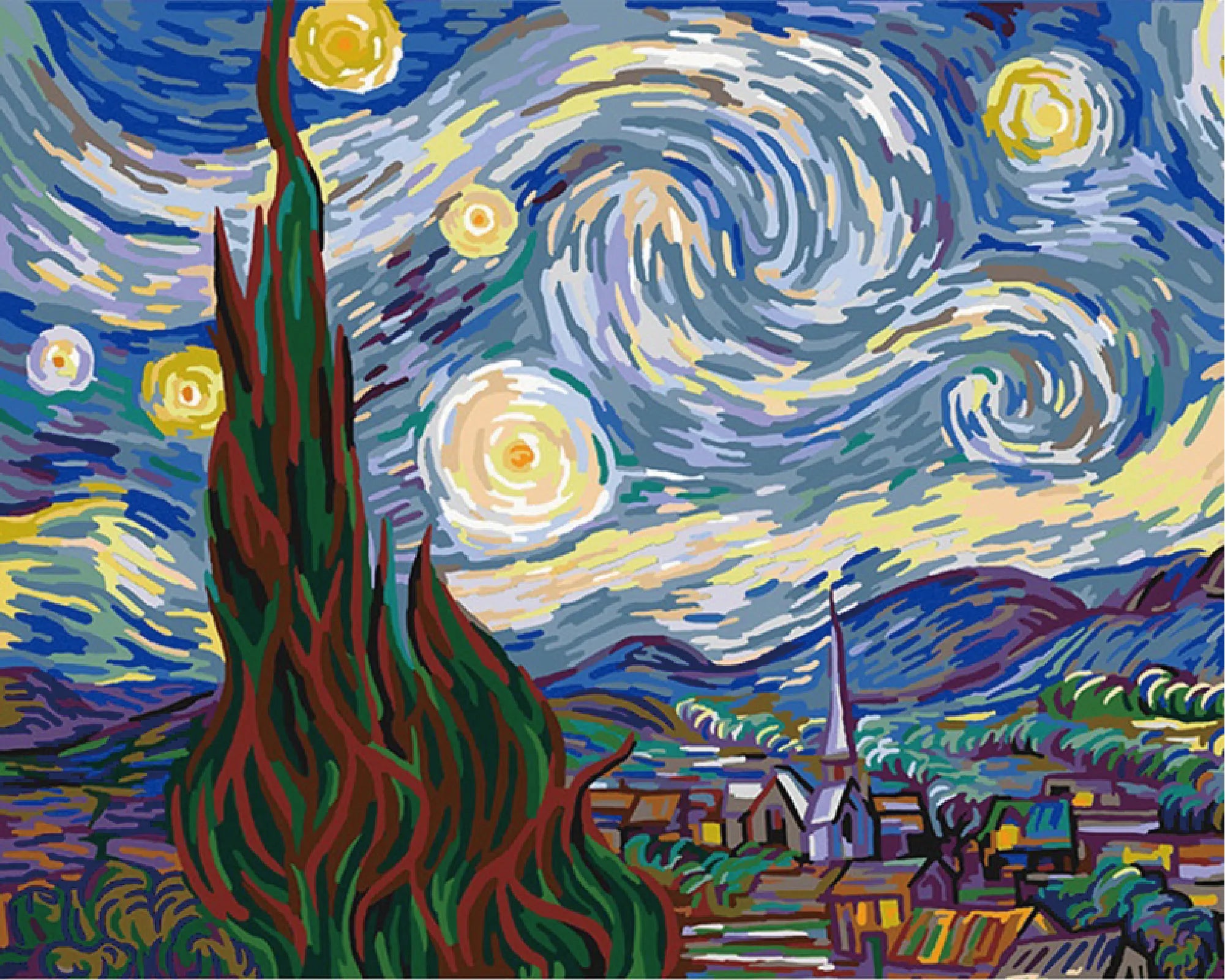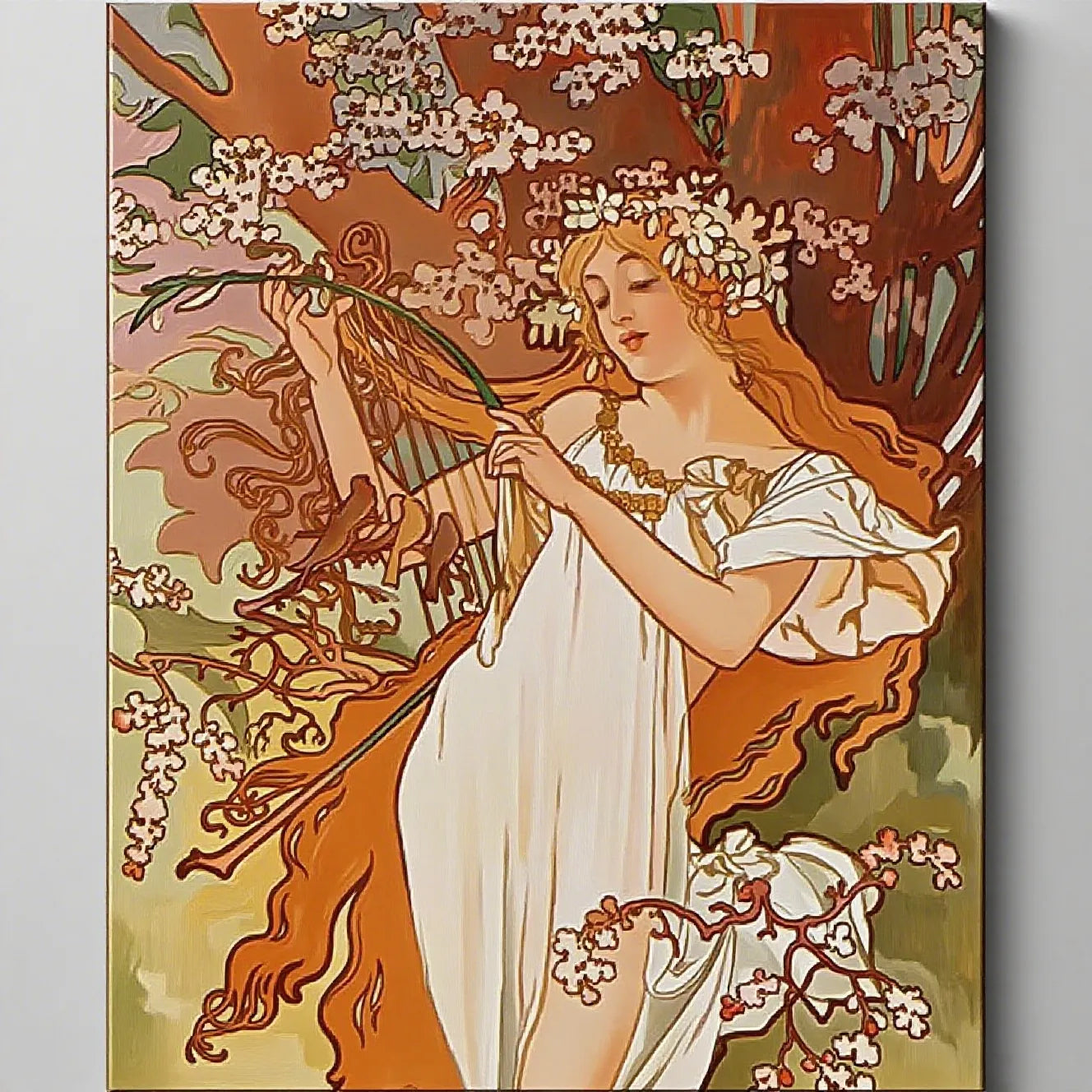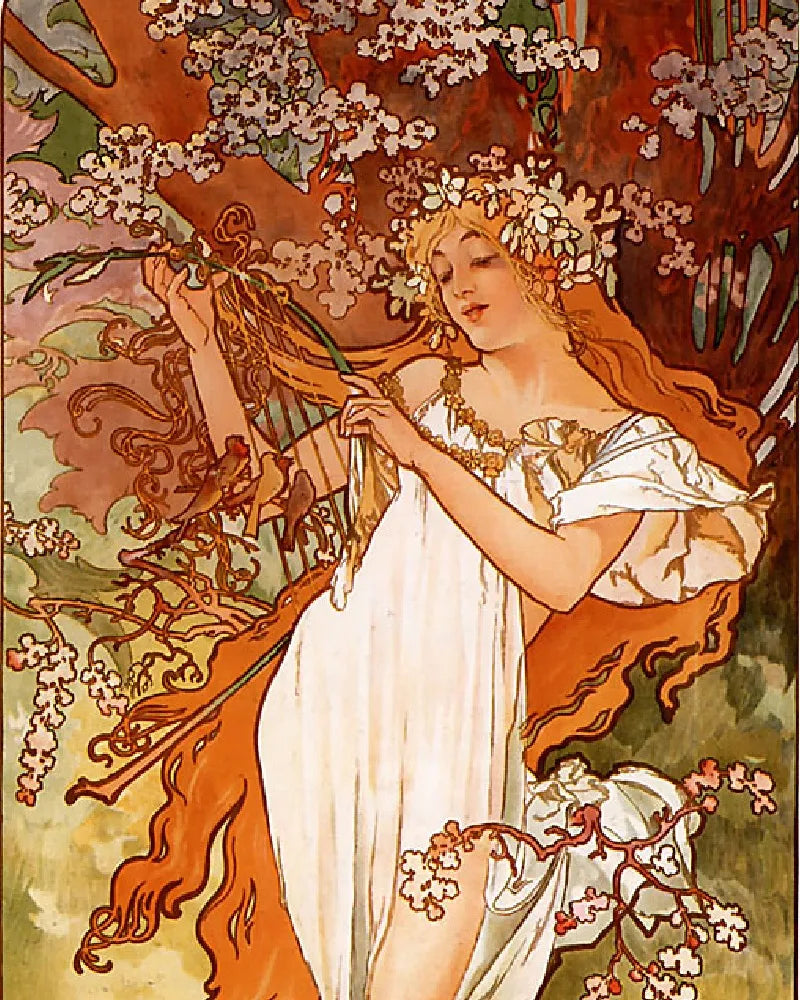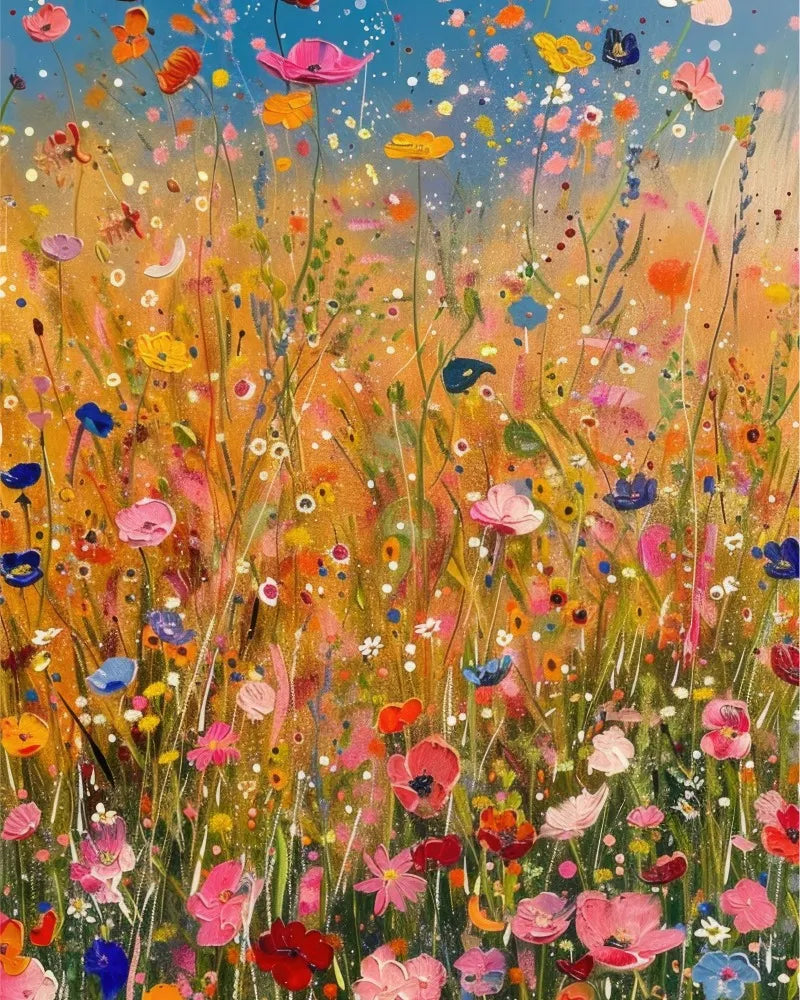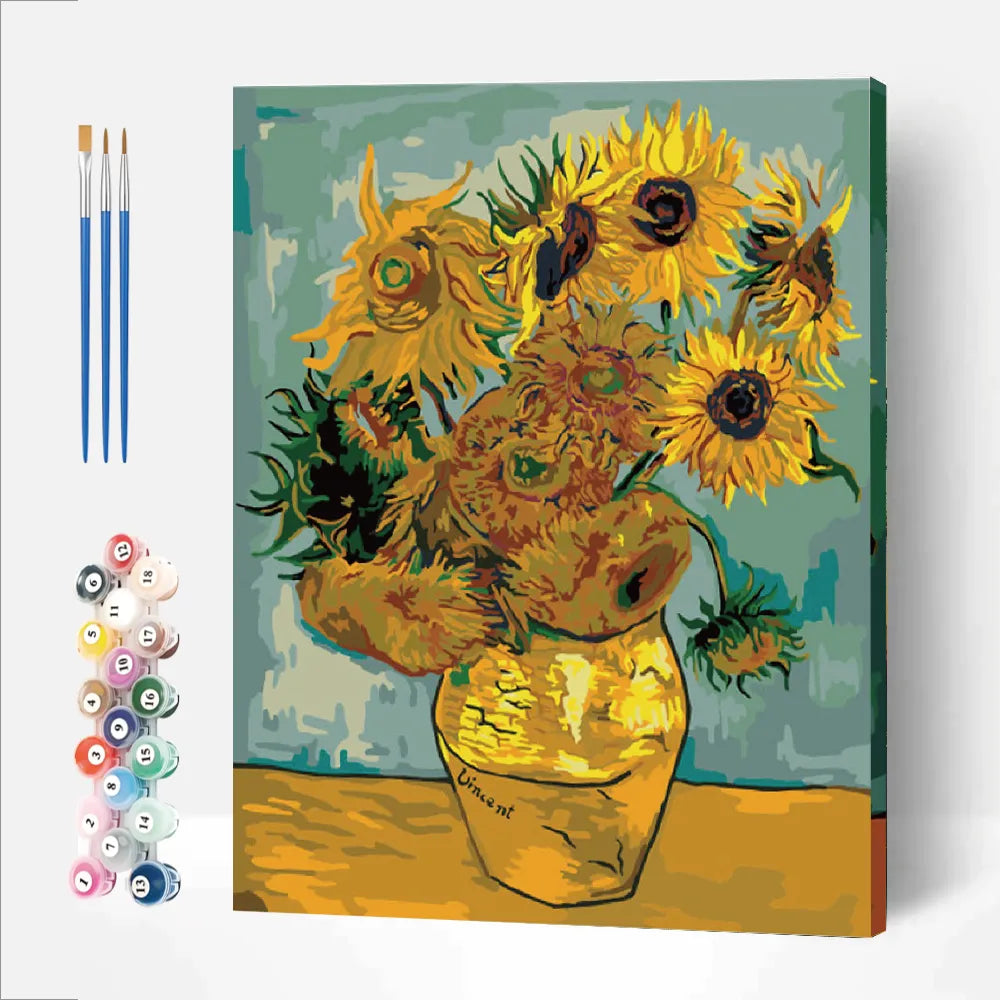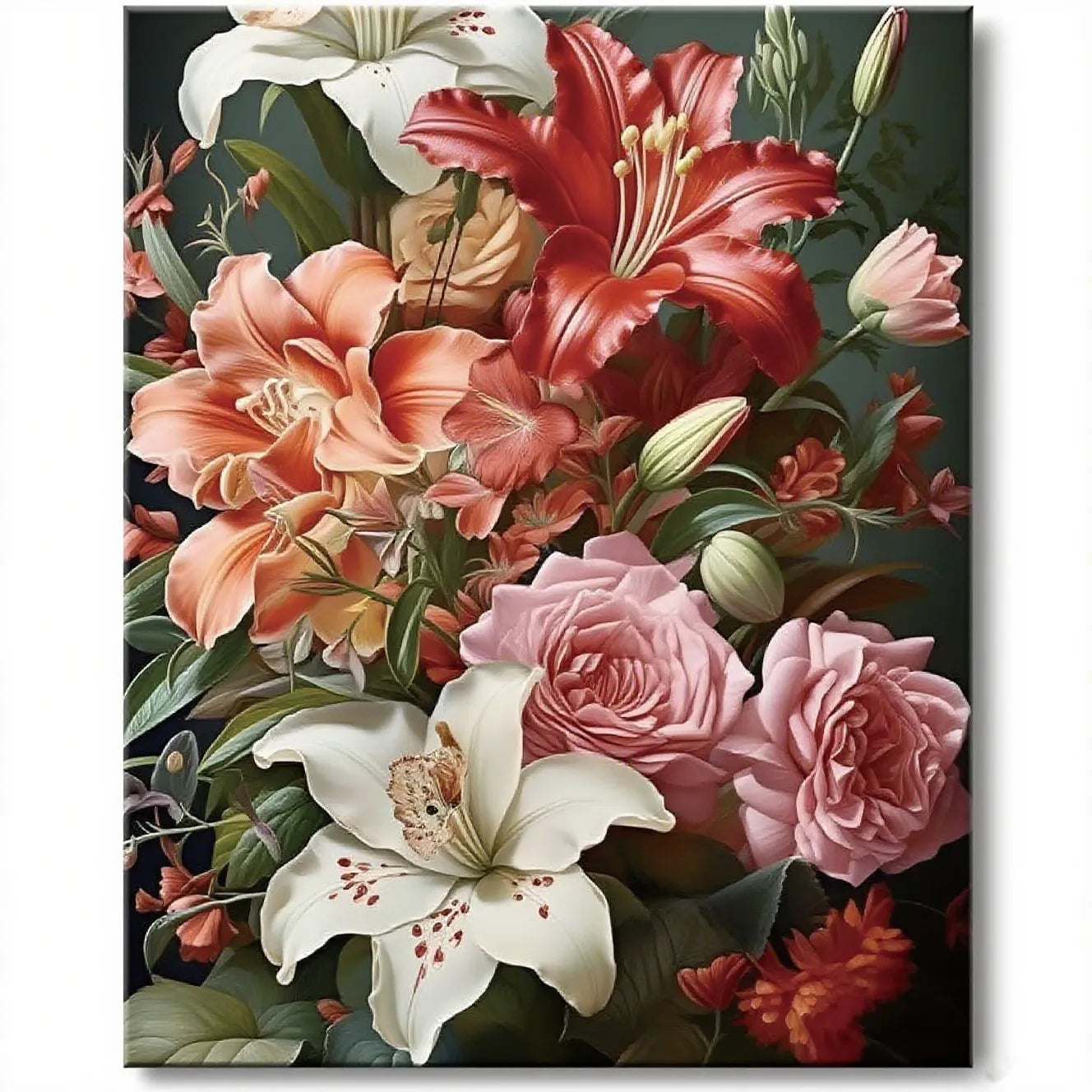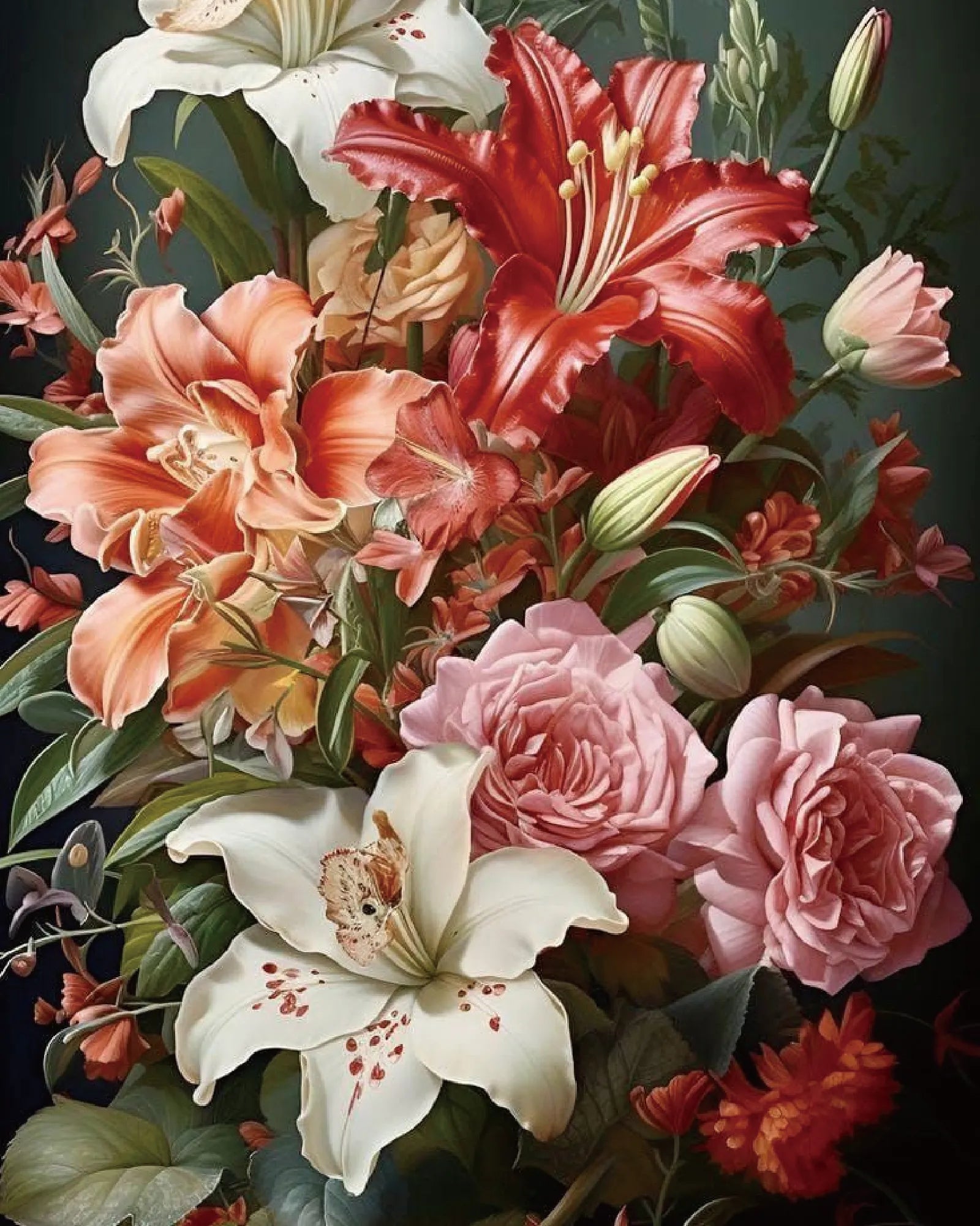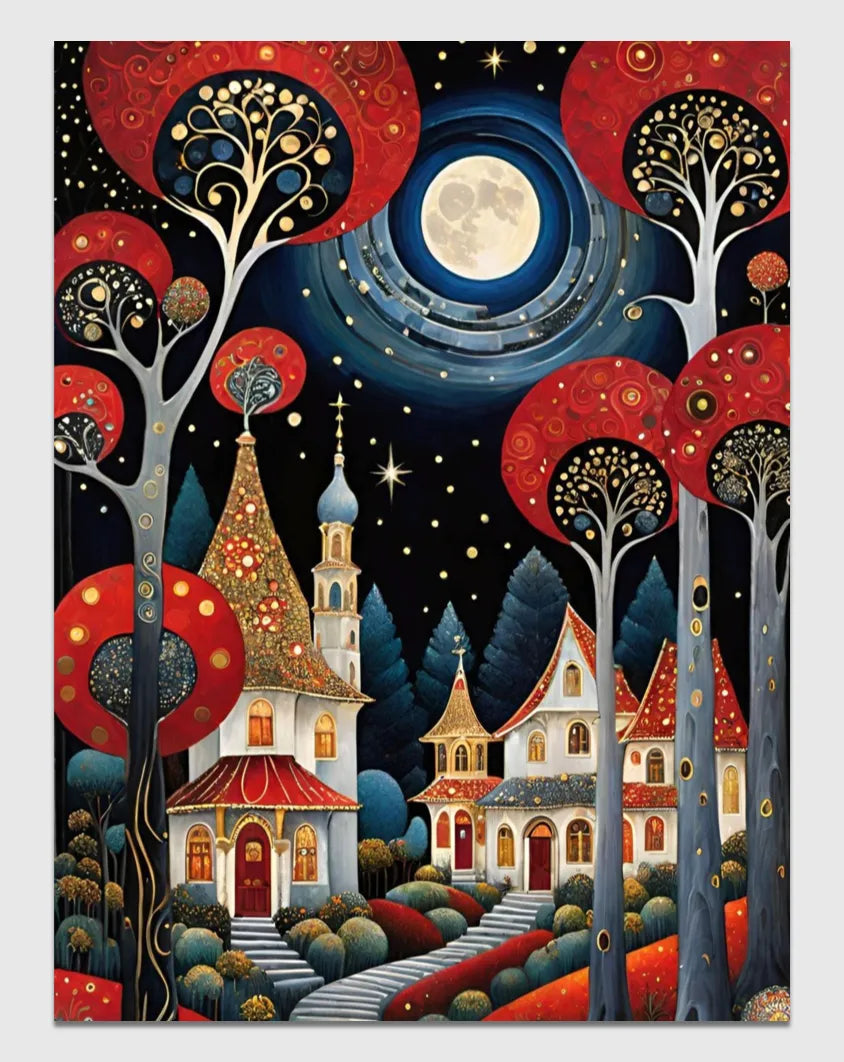Painting is a timeless art form that has captured human imagination and emotion for centuries, shaping our perception of culture, history, and beauty. From grand frescoes that adorn chapel ceilings to evocative works that challenge societal norms, painters have used their canvases to tell stories that resonate with billions across generations.
Are you an art enthusiast, an aspiring artist, or a history buff eager to learn more about legendary painters who forever changed the world of painting? This blog explores 10 of the most famous painters in history, highlighting their masterpieces and why they continue to inspire awe and admiration.
Table of content
- 1. What Defines a Famous Painter?
-
2. Now, Let’s Uncover the Stories
- 2.1 Leonardo da Vinci (1452–1519)-The Genius Behind the "Mona Lisa"
- 2.2 Vincent van Gogh (1853–1890) - The Master of Emotion and Color
- 2.3 Pablo Picasso (1881–1973) -The Architect of Cubism
- 2.4 Claude Monet (1840–1926)- The Father of Impressionism
- 2.5 Michelangelo (1475–1564)- A Master of Paint, Sculpture, and Creativity
- 2.6 Rembrandt van Rijn (1606–1669)- The Dutch Master of Light and Shadow
- 2.7 Frida Kahlo (1907–1954)- A Symbol of Self-Expression and Resilience
- 2.8 Salvador Dalí (1904–1989)- The Dreamer of Surrealism
- 2.9 Georgia O’Keeffe (1887–1986)- The Mother of American Modernism
- 2.10 Johannes Vermeer (1632–1675)- The Poet of Light
- 3. Why These Painters Still Inspire Us
What Defines a Famous Painter?
Before we jump into the list, it's important to reflect on what makes a painter "famous." Most iconic painters achieved recognition not just because of their technical skill but also because of their unique vision and their ability to push the boundaries of art during their time. Their works often reflect pivotal societal, cultural, or historical moments, which make them timeless and universally relevant.
But What Do YOU Think?
To bridge the past with modern perspectives, we recently launched an interactive poll asking art enthusiasts worldwide: "Which painter’s legacy resonates most powerfully with you?" With over 10,000 responses, the results reveal fascinating trends:
- Leonardo da Vinci (22.47%) – His fusion of science and art captivated minds across centuries.
- Vincent van Gogh (16.35%) – Raw emotion and turbulent brushstrokes struck a chord with digital-age audiences.
- Pablo Picasso (10.49%) – Revolutionary cubism still challenges conventional viewers.
(Curious how other masters like Frida Kahlo, Monet, or Warhol ranked? Cast your vote at the end – results update live!)
Now, Let’s Uncover the Stories
Beyond statistics, the true magic lies in the artists’ journeys. From da Vinci’s coded notebooks to Frida’s defiant self-portraits, here are the 10 most influential painters and the legacies they forged...
Leonardo da Vinci (1452–1519)-The Genius Behind the "Mona Lisa"
Leonardo da Vinci, often regarded as the most famous painter in history, stands as a symbol of the Renaissance's spirit. His ability to merge science and art led to some of the most iconic works in history. Born in Italy, da Vinci was a polymath - he excelled in painting, sculpting, architecture, science, music and more.
Da Vinci's most renowned works include the "Mona Lisa" and "The Last Supper". Both these paintings portray his mastery over techniques like chiaroscuro (use of light and shadow) and sfumato (blending of colors). Da Vinci also made significant contributions to the fields of anatomy and engineering. His famous drawing of "Vitruvian Man" is still studied today for its depiction of human proportions. He also designed inventions like flying machines and tanks centuries ahead of their time.
Famous Paintings :
- Mona Lisa (1503–1506): Known for her enigmatic smile, this is arguably the most famous painting in the world, housed at the Louvre in Paris.
- The Last Supper (1495–1498): A stunning depiction of Jesus' final meal with his disciples, notable for its composition and emotional depth.
Da Vinci’s art style was marked by his use of sfumato, a technique of blending colors and tones to create soft transitions—pioneering realistic portrayals of human emotions.


Vincent van Gogh (1853–1890) - The Master of Emotion and Color
Vincent van Gogh is one of the most known painters for his expressive use of color and emotion. Despite only selling one painting in his lifetime, his works have become some of the most valuable in the world. Van Gogh's troubled life and mental health struggles are evident in his paintings, which often depict intense emotions and raw human experiences.
Born in the Netherlands, van Gogh started painting later in life and was self-taught. He experimented with various art styles before developing his own distinct style, characterized by bold brushstrokes and vibrant colors. His most famous works include "The Starry Night," "Sunflowers," and "Irises."
Van Gogh saw color as a tool for expressing emotion, rather than simply representing reality. He used bright, vivid colors to convey feelings of joy, while darker tones were used to depict sadness.
Famous Paintings:
- Starry Night (1889): A swirling, dreamlike night sky that redefined landscape painting.
- Sunflowers (1888): A vibrant series showcasing Van Gogh’s love for nature and bold colors.
Van Gogh’s unique post-impressionistic style combined raw emotion with vivid hues, leaving an indelible mark on the art world.


Pablo Picasso (1881–1973) -The Architect of Cubism
Pablo Picasso was one of the trailblazers of 20th-century art, constantly experimenting with styles and techniques. Widely considered the most famous painter of modern art, Picasso co-founded Cubism—a revolutionary moment in the art world.
Born in Malaga, Spain to an art teacher father, Picasso began drawing at a young age. By the time he turned 13, he had already mastered oil painting techniques and enrolled in advanced classes in Barcelona. He moved to Paris in his early twenties and soon became a prominent figure in the city's avant-garde art scene.
Picasso’s most famous works include Les Demoiselles d'Avignon (1907), Guernica (1937), and The Old Guitarist (1903-04). Along with Georges Braque, Picasso created Cubism – a style that broke away from traditional notions of perspective and representation. It emphasized geometric shapes, multiple viewpoints, and deconstructed forms. Picasso's inovative techniques and unique style paved the way for future artistic movements such as Surrealism, Dadaism, and Abstract Expressionism.
Famous Paintings:
- Les Demoiselles d’Avignon (1907): A groundbreaking work that shattered traditional perspectives.
- Guernica (1937): A haunting anti-war masterpiece depicting the horrors of the Spanish Civil War.
Picasso’s versatility in various art forms, from surrealism to neoclassicism, made him an unstoppable force in the art scene.


Claude Monet (1840–1926)- The Father of Impressionism
Claude Monet, known for his light-dabbed landscapes, was a founder of the Impressionist movement. His work captures the fleeting beauty of natural scenes. Monet’s technique of using small, thin brushstrokes and complementary colors created an illusion of vibrancy and movement that captivated the viewer.
Monet’s most famous works include Impression, Sunrise (1872) and Water Lilies(1914–1926). The former was the painting that gave the Impressionist movement its name, as a critic used the term “impressionistic” to describe it in a derogatory manner. Little did they know that this label would go on to define one of the most influential art movements in history.
Monet’s love for nature is evident in his paintings, with many featuring scenes from his own garden at Giverny. He spent the last 30 years of his life creating masterpieces that depicted his beloved water lilies and Japanese bridge, often painting the same scene multiple times to capture different lighting and weather conditions.
Famous Paintings:
- Impression, Sunrise (1872): The painting that gave Impressionism its name, showcasing Monet’s revolutionary approach to capturing light.
- Water Lilies (Series): These tranquil paintings of his garden demonstrate Monet’s obsession with light, reflection, and nature.
Monet’s style focused on color, light, and atmosphere, creating works that are celebrated for their soothing and dreamlike quality.


Michelangelo (1475–1564)- A Master of Paint, Sculpture, and Creativity
Michelangelo, primarily known for his extraordinary sculptures, also created breathtaking paintings that cemented him as one of the most famous painters of the Renaissance.
Born in the small town of Caprese, Italy, Michelangelo showed a passion for art from a young age. At 13 years old, he became an apprentice to Domenico Ghirlandaio and quickly gained recognition for his talent.
After completing several notable works, including the famous Pieta in St. Peter's Basilica, Michelangelo was commissioned by Pope Julius II to paint the Sistine Chapel ceiling. This monumental task took four years to complete and resulted in one of the most iconic works of art in history.
Famous Paintings:
- The Sistine Chapel Ceiling (1508–1512): This awe-inspiring fresco in Vatican City depicts scenes from the Book of Genesis, including the famous "Creation of Adam."
- The Last Judgment (1536–1541): A fresco showcasing Michelangelo’s bold imagination and technical expertise.
Michelangelo’s monumental works often blended the divine and the human with extraordinary realism and grandeur.


Rembrandt van Rijn (1606–1669)- The Dutch Master of Light and Shadow
Known simply as Rembrandt, this Baroque painter is one of history's most famous artists. He mastered the interplay of light and shadow, telling profound human stories in his work.
Born in the Netherlands, Rembrandt studied art and opened his own studio at a young age. His early works were heavily influenced by the Italian masters, but he soon developed his own unique style characterized by rich textures, deep shadows, and intense expressions.
Rembrandt’s paintings often depicted biblical scenes or portraits of wealthy patrons. He was known for his attention to detail and ability to capture emotion on canvas. Some of his most famous works include The Night Watch, an enormous group portrait of a militia company, and The Return of the Prodigal Son, a moving depiction of redemption. Despite his success as a painter, Rembrandt faced financial troubles throughout his life.
Famous Paintings:
- The Night Watch (1642): A dynamic group portrait that breaks traditional conventions.
- Self-Portraits (Various): Rembrandt painted over 80 self-portraits, offering an introspective view into his life and emotion.
Rembrandt’s signature style, known as chiaroscuro (contrast of light and dark), is celebrated for its ability to create atmosphere and emotion.


Frida Kahlo (1907–1954)- A Symbol of Self-Expression and Resilience
Frida Kahlo, known for her deeply personal and surreal self-portraits, is one of the 20th century's most iconic artists. Her works often explored themes of identity, pain, and culture.
Born in Mexico, Kahlo's art reflects her life experiences, from childhood illness to a tumultuous marriage with fellow artist Diego Rivera. Her paintings are characterized by bold colors and symbolic imagery that reveals her innermost thoughts and emotions.
In addition to her artistic talent, Kahlo is also remembered for her resilience and determination in the face of physical challenges. She endured multiple surgeries and accidents throughout her life due to a bus accident at the age of 18. Despite these obstacles, she continued to paint and create until her untimely death at the age of 47.
Famous Paintings:
- The Two Fridas (1939): A raw and symbolic exploration of dualities in Kahlo’s identity.
- Self-Portrait with Thorn Necklace and Hummingbird (1940): A striking reflection of suffering and survival.
Kahlo’s artistic voice combined elements of Mexican culture with surrealism, making her a feminist icon and a leading figure in modern art.


Salvador Dalí (1904–1989)- The Dreamer of Surrealism
Salvador Dalí’s imaginative and eccentric works helped shape the surrealist movement. As a painter, he challenged reality, blending dreamlike fantasy with technical precision.
Born in Figueres, Spain, in 1904, Dalí studied at the Madrid Fine Arts School and later traveled to Paris where he met fellow surrealist artists such as René Magritte and Max Ernst.
Being heavily influenced by Freudian psychology, Dalí’s work often explores the subconscious and the dream world. His most famous painting, The Persistence of Memory (1931), features melting clocks in a barren landscape, representing the fluidity of time and memory.
Famous Paintings:
- The Persistence of Memory (1931): A surreal depiction of melting clocks, challenging perceptions of time and reality.
- The Elephants (1948): A fantastical painting combining fragility and power.
Dalí’s unmistakable style and blending of dreamlike visuals made him one of the most famous painters of all time.


Georgia O’Keeffe (1887–1986)- The Mother of American Modernism
Georgia O’Keeffe, known for her oversized floral paintings and desert landscapes, pioneered American modernism.
Born in Wisconsin, O’Keeffe was the second of seven children. Her family moved to Virginia when she was 15 and then to Chicago, where O’Keeffe studied at the Art Institute of Chicago. She also briefly taught art classes in Texas before moving to New York City in 1918.
O’Keeffe’s early works were heavily influenced by her time spent in New York City, with its towering skyscrapers and bustling energy. However, it wasn't until she visited Taos, New Mexico that her iconic style truly emerged. The vast desert landscapes and colorful flora inspired O’Keeffe to experiment with abstract shapes and colors, creating some of her most famous paintings such as "Red Canna" and "Black Mesa Landscape, New Mexico".
Famous Paintings:
- Black Iris (1926): A close-up of a flower that captures both delicacy and power.
- Sky Above Clouds (1960–1977): A bold abstract work inspired by the New Mexican sky.
O’Keeffe’s art is celebrated for its unique perspective and sensual, groundbreaking style.


Johannes Vermeer (1632–1675)- The Poet of Light
Johannes Vermeer, though relatively unknown during his lifetime, is now recognized as one of the Baroque period's finest painters. His ability to capture the subtleness of light and everyday life sets him apart.
Born and raised in Delft, the Netherlands, Vermeer's works often featured domestic scenes and portraits of women.
Vermeer is most well-known for his use of light in painting. His techniques included using a camera obscura to accurately capture perspective and light, as well as applying thin layers of paint to create a luminous effect. The result was paintings that appeared almost photographic in their realism and captured the beauty of everyday life.
Famous Paintings:
- Girl with a Pearl Earring (1665): Often referred to as the "Mona Lisa of the North," this portrait captures mystery and beauty.
- The Milkmaid (1658): A simple yet powerful rendering of everyday life.
Vermeer’s works stand out for their serene focus and meticulous detail, making him one of the most famous painters of his time and beyond.


Why These Painters Still Inspire Us
Each painter left an indelible mark on the world of art, introducing new styles, perspectives, and techniques that continue to shape the art we see today. Whether it’s Da Vinci’s mastery of technique, Van Gogh’s emotive colorwork, or Kahlo’s defiance of norms, their artworks transcend time. Art is a window into history, culture, and human expression. For art students, enthusiasts, and professionals, learning from these painters offers inspiration to refine your craft or to see the world through a different lens.
But what if you could channel their genius into your own creative journey—even if you’ve never picked up a brush before? That’s where 1001 Canvas bridges the gap between admiration and creation.
Imagine recreating Van Gogh’s swirling Starry Night with guided ease through our paint-by-numbers kits, or transforming a cherished photo into a personalized masterpiece with custom paint by numbers. Whether you’re drawn to Monet’s dreamy water lilies or Frida Kahlo’s bold self-portraits, our kits let you step into the shoes of history’s greatest artists. Each numbered canvas is a doorway to relaxation, mindfulness, and the joy of watching a timeless masterpiece—or your own unique vision—come to life, one stroke at a time.
So, which painter on this list resonates most with your artistic taste? Dive deeper into their works, then visit 1001 Canvas to begin your own creative adventure. Because art isn’t just about observing great painters—it’s about becoming part of the story.


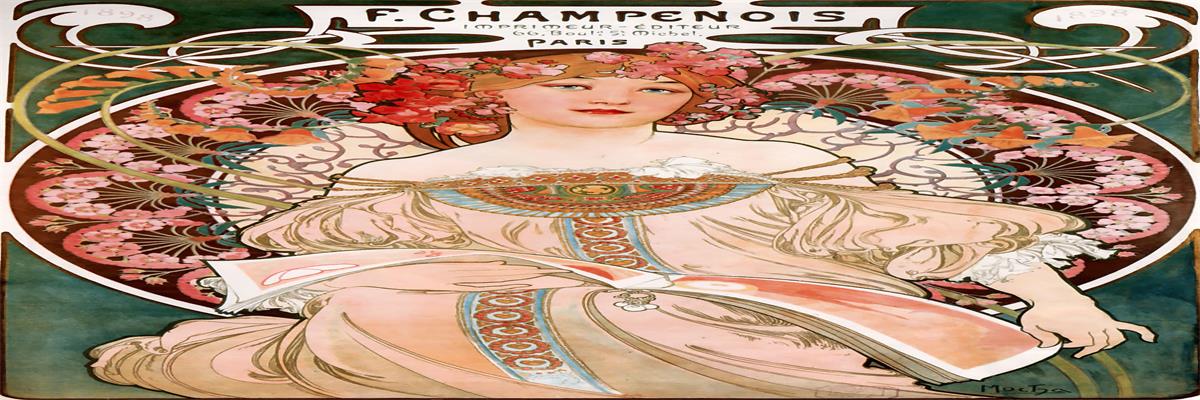
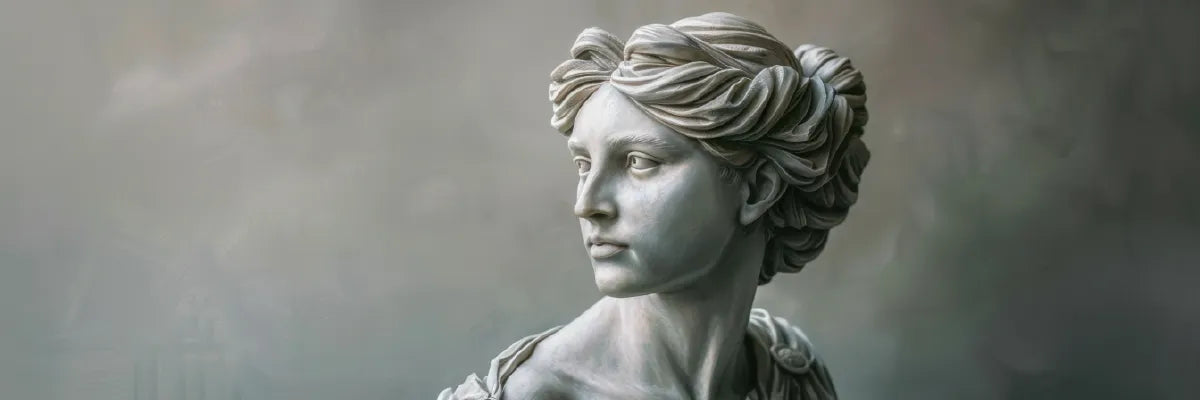
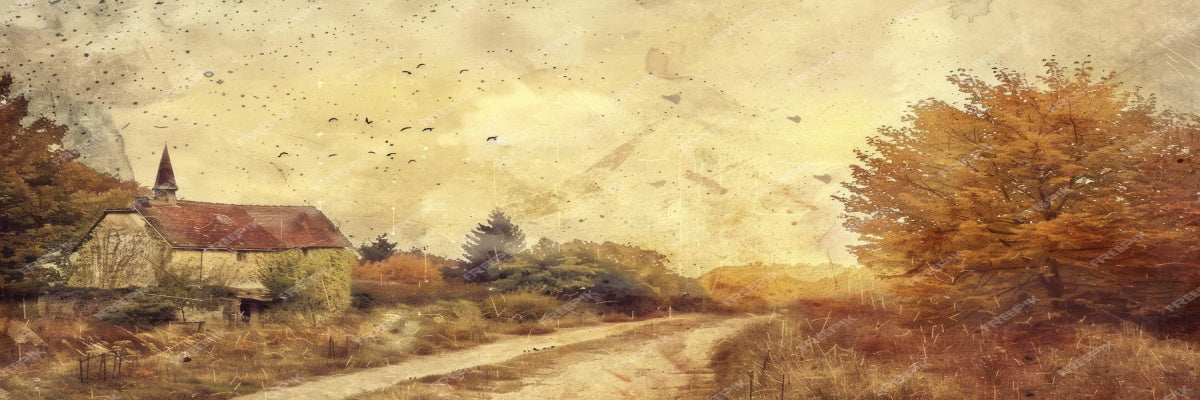
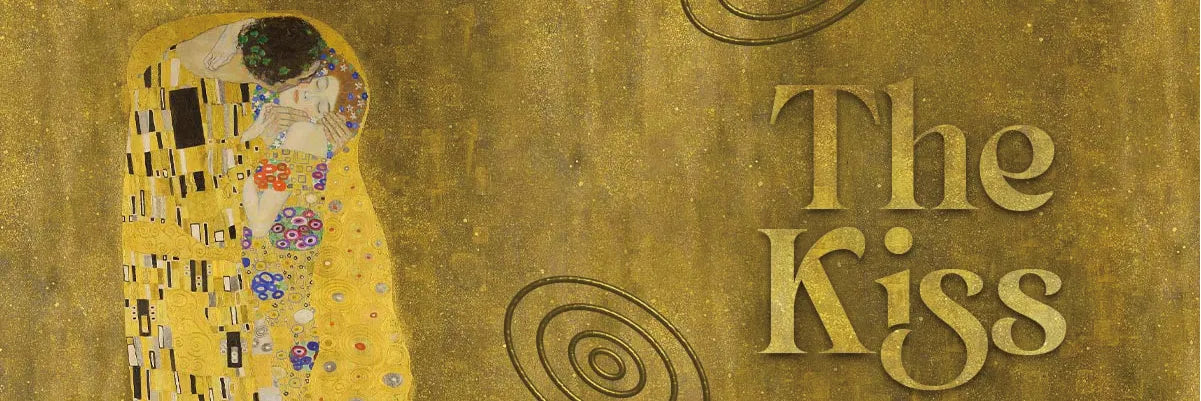
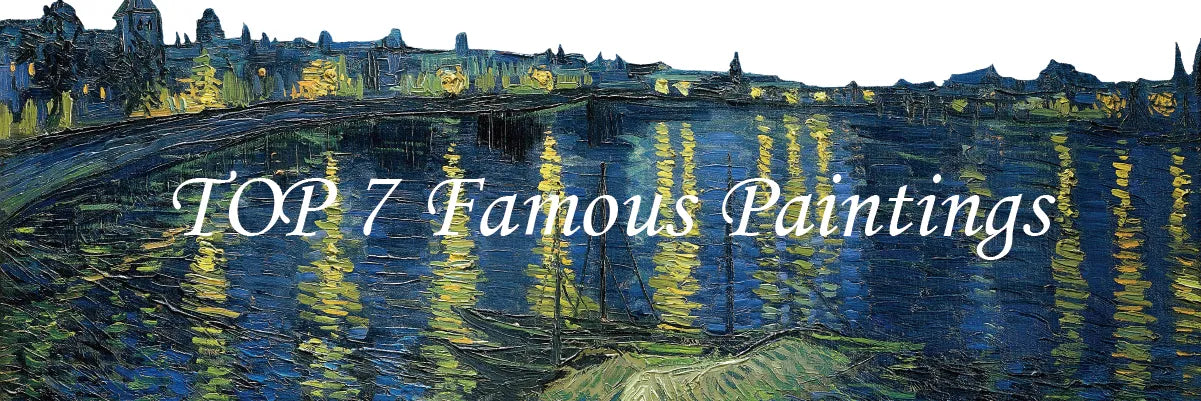

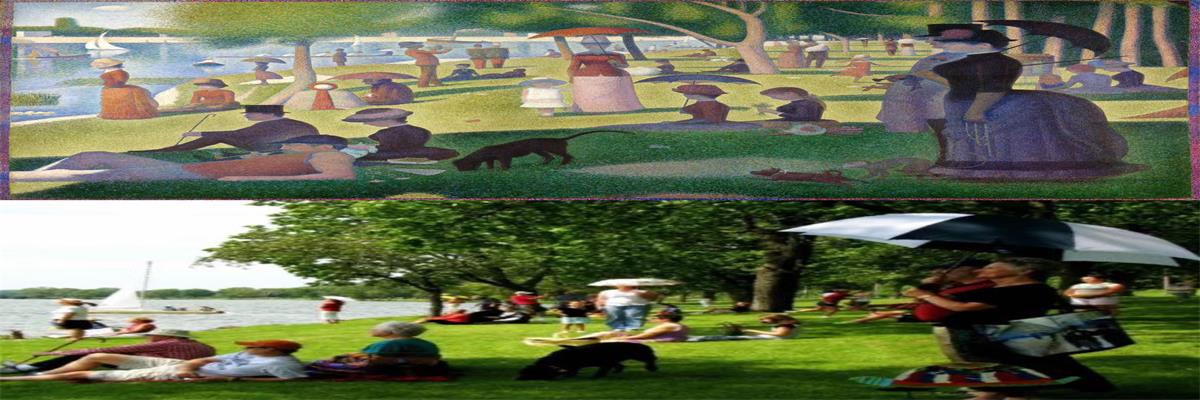
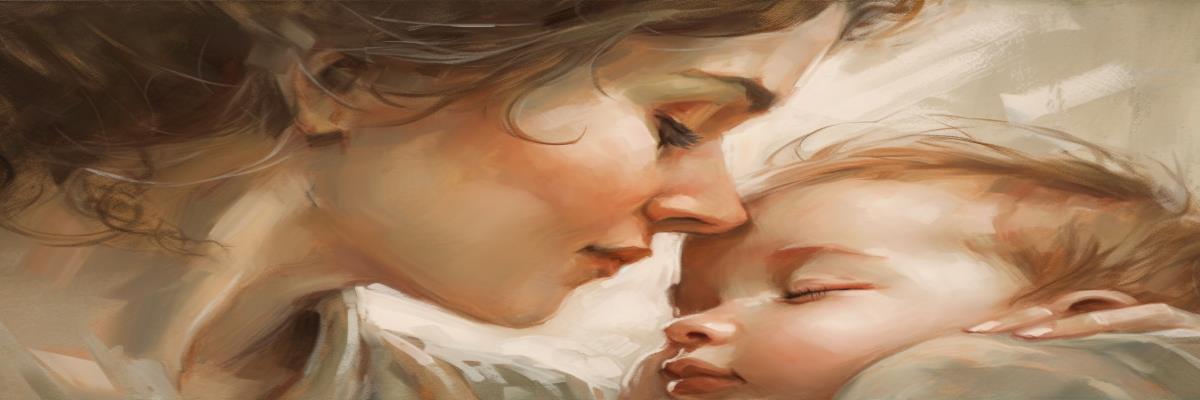





 https://1001canvas.com/blogs
https://1001canvas.com/blogs


